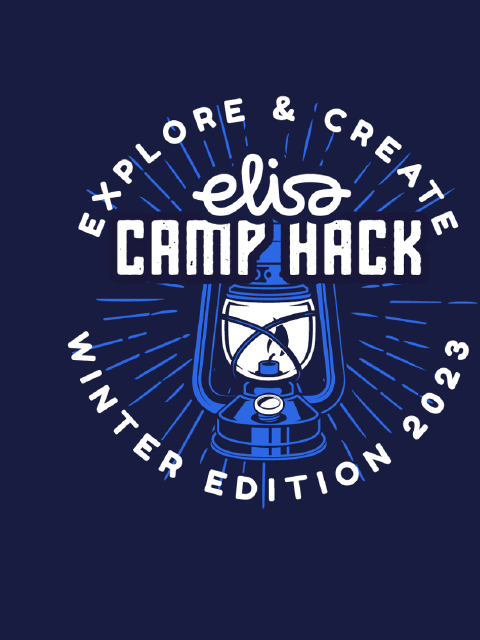

New Business Development Manager
This is a story about how an idea born during a hackathon became a genuine product. Back in March, I took part in the first-ever Elisa Camp Hack, held in a beautiful place called Kallio-Kuninkala in Järvenpää. The theme of the hackathon was all about Elisa’s mission of a sustainable future through digitalisation, offering a wide range of ideas.
Teams were formed before the event, and I joined forces with Georgi Yanev, Anthony Keogh, Mark-Felix Müller and Hesham Ahmed. Our idea was about improving the way that people use remotely controllable power sockets, something Elisa had been selling for a few years.
The specific socket we were interested in is called SimPal T4. These sockets are commonly used in Finnish summer cabins to control the heating from a distance. Finns love their summer cabins, and many use them even in the winter. It’s normal for people to lower the temperature at the cabin when it’s not in use to save energy.
But the problem is that when people arrive for a weekend stay, the cabin is often very cold because it takes time to warm up. With SimPal power sockets, you can send a text message to the socket to raise the temperature a day before your visit.

But there’s a catch – you have to use text messages.
Yes, that’s right. SimPal is the only brand in Finland that has power sockets connected to the mobile network, but they work by sending text messages, which is a bit of a hassle. So, SimPal wasn’t quite ready to be a product for everyone. published

Our team decided to tackle this problem. We started a project using Next.js, deployed it on Vercel, and connected it to Twilio’s SMS-API to fade the text messages into the background. We had only a day and a half to work on this idea, but in that time, we managed to create a user-friendly front-end and make the main feature work, which was turning the power on in the socket.
During our presentation, we showed how clicking a button on the screen could turn the power on in the socket. The socket even made a sound and had a flashing cable attached to it, so our demo included lights and sounds in addition to the usual presentation. Sadly, we didn’t win any awards at the hackathon.

After a while, I arranged a meeting where some of us presented the idea to Elisa’s Smart Living business team, which I’m a part of. We decided to investigate this idea further using ElisaX, our method for developing new business opportunities. I began by looking into what customers who used SimPal with text messages were saying about the product.
I also studied the market to see if there were other, similar solutions out there. It turned out that SimPal was the only affordable way to control heating in summer cabins that have electric heating, and customers found it useful for monitoring the temperature and getting alerts about power outages.
Elisa also had its own system for sending text messages, so it would be practically free to use within our network. It seemed like we were onto something.
I teamed up with people from the Elisa Paikannus team: Mikael Snellman, Roope Leikoski, Miika Niemelä, Vidhuran Babu and Henri Niemeläinen. Together we outlined what a real product should be able to do and how it should be built. We realised that we needed to learn more about how our customers behaved, how they were using their cabins, and what kind of heating they used.
After several discussions, we had a good idea of how long it would take to create a usable app. With all this information, we decided to start building the product.

One big question remained: should we create a new app or integrate it into the existing Elisa Paikannus app? Elisa Paikannus also used a subscription called Laitenetti, and the idea was similar: if a customer used our Laitenetti subscription, they could use our easy app. We designed the user interface for separate apps as well as an integrated one, and we thought carefully about our strategy. In the end, we chose to use the Laitenetti app.
After a few months of hard work, including plenty of customer testing, we finally launched the service to the public. This service automatically monitors the temperature at a cabin and sends alerts if it gets too hot or too cold.
It’s now very easy to turn the power socket on with a simple button press, and configuring the built-in thermostat mode is a breeze: just slide your finger and confirm. With this service, we believe our customers can get more enjoyment out of their summer cabins, arriving at an already-warm cabin and getting peace of mind about the temperature even when they’re not there.
This story shows how hackathons can help even big companies like Elisa come up with new business ideas. In this case, our idea went from a hackathon to being tested in the real world, showing the potential of these creative events.